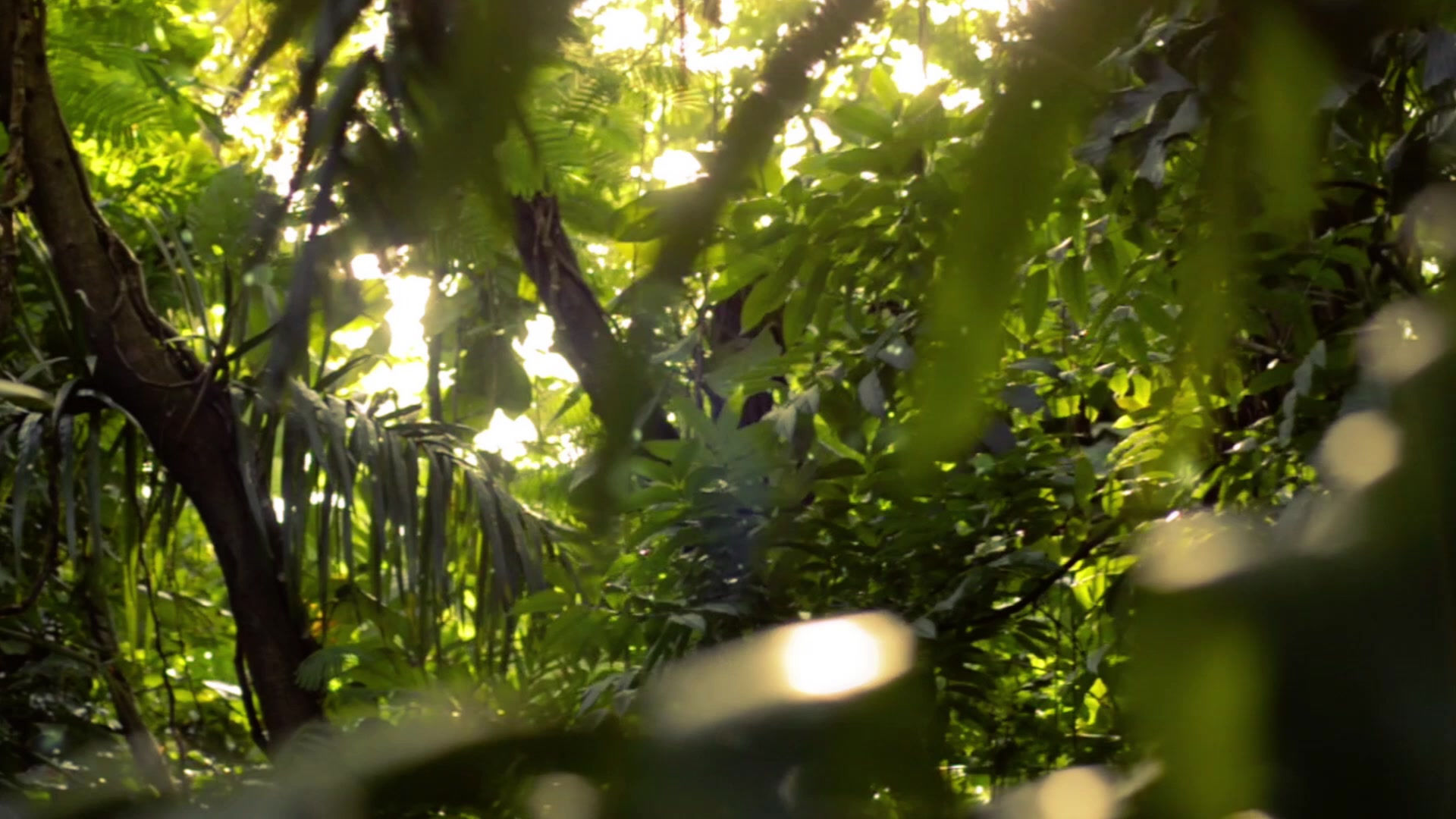Embracing the outdoors
- Wilma Grier
- May 17, 2016
- 3 min read
As a young child in Ireland many years ago I spent much of my time outdoors playing and exploring. Television programmes didn't begin until 5 o'clock and apart from the weekly ballet and piano lessons, my time was my own. Most days would find me out with my pals running around the communal green, hiding in the long grass in summer or riding our bicycles or playing street games. Traffic in those days was minimal.
The world has changed and we now live in the age of the programmed child. The school entry date is dropping and children are being schooled earlier. Not only that, the curriculum of traditional school is content driven rather than being based on human development. Government pressure and parental expectations begin to dictate what areas of the curriculum become dominant, such as literacy and numeracy. As a result 'inside work' or school work becomes dominant and play becomes devalued.
As a parent and Montessori educator I have always valued the outdoors and the benefits it affords children. My husband and I moved to Australia with our two small children in the early eighties and settled in the northern beaches area of Sydney. Having being introduced to a mum who was travelling hours each day to take her daughter to a Montessori school, we called a group of parents together and started a Montessori school in our own area.
The building we found had a large garden and we added double glass doors and a verandah to allow the children easy access to the garden from the classroom. Thus began a long and enjoyable relationship with the outdoors.
In this blog I would like to share ideas on how to integrate the outdoors into the daily routine of an early childhood setting. I hope you may find them useful. As most of my experience is with Montessori settings, the content of my blog is heavily influenced by this philosophy. There are many ways to foster indoor/outdoor learning and each setting will approach it in their own way.
Different countries have different regulations regarding ratio of staff to children and supervision of children. This can be an obstacle to children accessing the outdoors freely but let's look at ways to enable children to go outside. Having a clear view of the outside area adjoining a classroom is important and having a grassed area or terrace/deck or verandah is a distinct advantage.
Providing mats and tables and chairs for use on the deck or verandah immediately appeals to children and affords them a little more independence. Naturally the area must be supervised by an adult but as there are usually two adults working together and sometimes more in an early childhood centre, this should not be a problem.
This is the first step to facilitating a seamless indoor/outdoor programme. Children may take activities out to the verandah or moveable shelves containing a range of activities can also be placed outside. Take a look at the verandah in the photo. This is from The Montessori School Bali in Indonesia. When I was principal there I initiated this programme to facilitate fuller use of the outdoor environment.

This verandah is open on two sides and is set up to enrich all areas of the curriculum with extensions concerning the natural world. The programme serves two classrooms and is supervised by a qualified Montessori teacher. Up to three children from each classroom may access the verandah at any one time. Three classroom ID tags hang in each room and a child takes one, places it around the neck and goes outside. When the child is finished outside the tag is returned to its peg and another child may use it to go outside. If all tags are in use then any child wishing to go outside must wait for a tag. The system works very well and children learn to be patient as well as autonomous.
The garden itself is also used in a variety of ways and if you don't have a verandah or paved area adjoining the classroom you can set up mats and tables and chairs on a shaded grassed or packed dirt area. There are many ways to entice children outside to connect with nature. Using a verandah and garden to extend learning opportunities and encourage play is just one way to do it. What you provide in the garden and on the verandah is up to you.
I will be travelling home to Australia over the next month and will share more ideas in my next post.






Comments